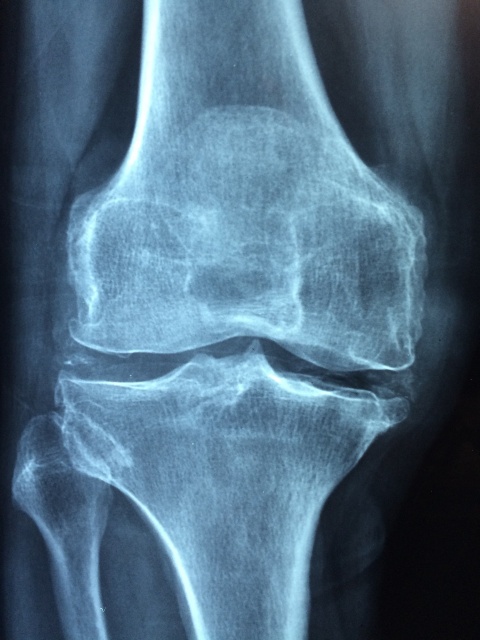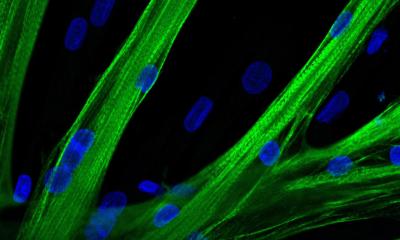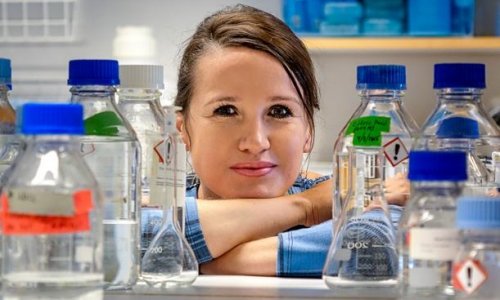News • Bone thinning
Largest ever genetic study marks likely osteoporosis treatment target
Scientists are honing in on a potential treatment for osteoporosis, after performing the largest ever genetic study of the common age-related bone-thinning disease.
Researchers from The University of Queensland and McGill University in Canada led the study, identifying 153 new gene variants associated with the loss of bone mineral density, which often result in fractures. UQ Diamantina Institute researchers Dr John Kemp and Professor David Evans found a strongly implicated gene GPC6, which had not previously been linked to osteoporosis. "What makes this gene particularly interesting is that it encodes a protein that is present on the surface of cells, making it a potential candidate for a drug target," Professor Evans said. "Our studies show that removing it in animal models resulted in an increase in bone thickness." One in 10 Australians aged over 50 have osteoporosis or low bone mineral density, and the disease is more common in women than in men.

Associate Professor J. Brent Richards from McGill University said there is a strong inherited component with bone health, but osteoporosis often goes undetected until a fracture occurs. "In 8540 participants who reported previous fractures from simple falls, associations were made with 12 of the new gene regions," Dr Richards said.
The genome-wide association study involved more than 140,000 individuals from the UK Biobank, with bone mineral density assessments taken from ultrasounds of the heel. It triples the number of genes known to be implicated in the loss of bone mineral density, and the new gene variants account for 12 per cent of the heritability of the disease.
The results could be used to develop screening programs in the future to identify individuals who would benefit most from preventive measures. A further study underway of half a million individuals is likely to shed more light on the genetics underlying the disease, and help prioritise genes most likely to lead to new treatments.
Source: University of Queensland
13.09.2017











